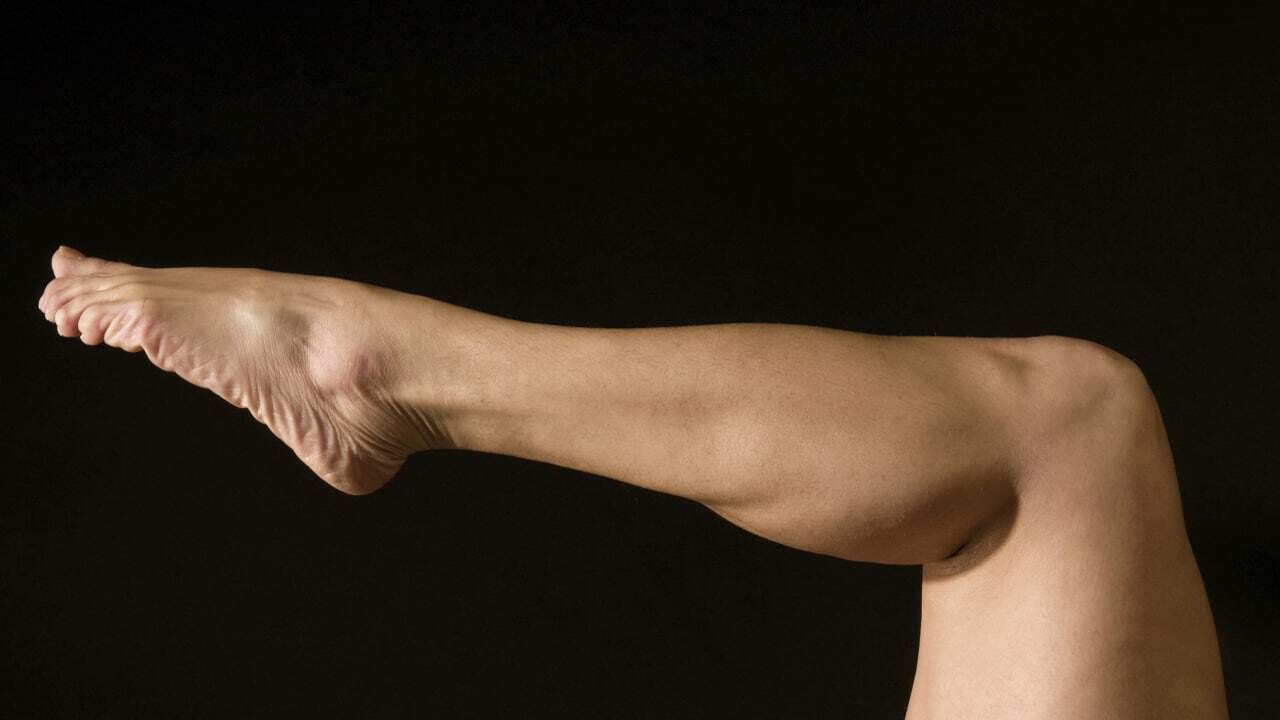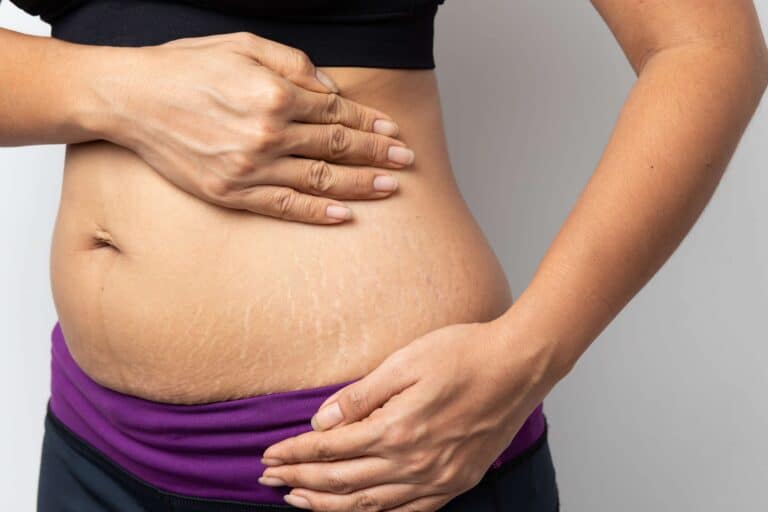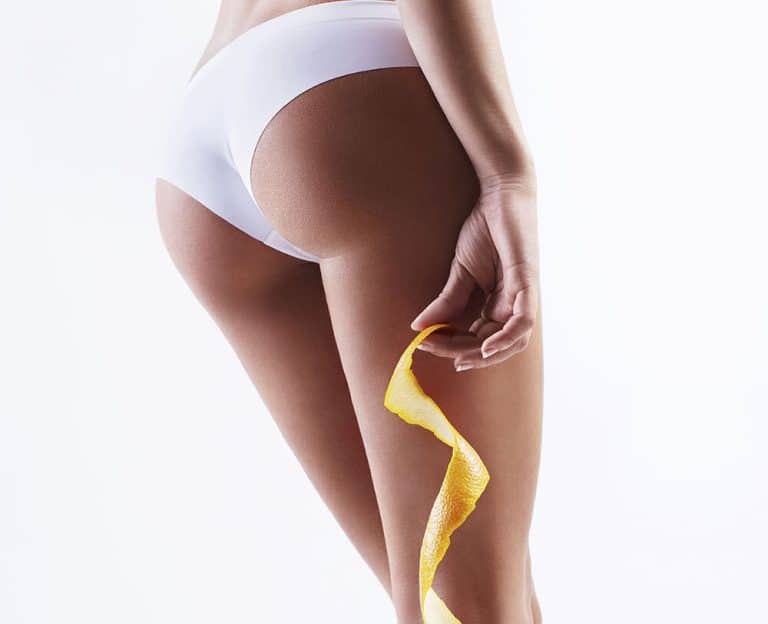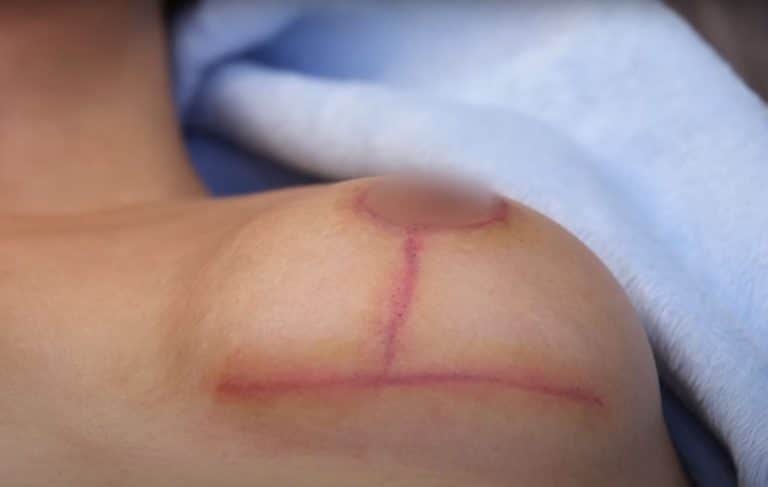Calf and Ankle Liposuction: Procedure, Benefits, and Recovery
Understanding Fat Accumulation in Calves and Ankles
Genetic Factors
Genetics play a key role in fat accumulation. Some people have a genetic tendency to store fat in their calves, ankles (cankles), inner thighs, and suffer from lipedema, sometimes requiring liposuction. This predisposition can be traced back to family history. If parents or grandparents had similar fat deposits, thick ankles, or lipedema, there’s a higher chance of inheriting the same trait.
Fat cells are distributed differently among individuals. Some people have more fat cells in the lower legs, leading to lipedema, thick ankles, and cankles, which may require liposuction. This makes it easier for these areas to accumulate fat in the deep layer over time, potentially leading to conditions like lipedema and requiring interventions such as liposuction.
Lifestyle Factors
Lifestyle choices also influence fat distribution. A sedentary lifestyle contributes significantly. Lack of physical activity leads to decreased muscle tone, increased fat storage, and dimples in the area.
Diet plays an important role too. Consuming high-calorie foods without proper exercise results in excess calories being stored as fat. These deposits often end up in genetically predisposed areas like the calves, ankles, and cankles.
Fat Cells Distribution
Fat cells vary from person to person. The number and size of these cells determine how much fat is stored in specific body parts like the leg, leading to conditions such as cankles, often treated with liposuction according to medline link.
In some individuals, calves and ankles have more active fat cells, leading to cankles and sometimes requiring liposuction. These cells tend to store more fat, making these areas bulkier compared to others with fewer active fat cells, et al.
Difficulty Targeting Through Diet and Exercise
Targeting calf and ankle fat, often referred to as cankles, through diet alone is challenging; liposuction may be considered. While general weight loss can reduce overall body fat, spot reduction, such as targeting cankles, is nearly impossible without liposuction.
Exercise helps tone muscles but may not significantly reduce localized fat deposits like cankles, which often require liposuction according to a medline link. Activities like running or cycling strengthen leg muscles but don’t always eliminate stubborn calf and ankle fat, sometimes referred to as cankles, which may require liposuction according to medline link.
Why Fat Calves and Ankles Bother Many
Psychological Impact
Fat calves and ankles can affect self-esteem. Many people feel embarrassed about their appearance. They may avoid social situations. This can lead to feelings of isolation.
Self-image is closely tied to body shape. People with thick ankles often feel unattractive. Low self-esteem can result from this negative self-image, including concerns about fat calves, liposuction, cankles, and fat ankles. It affects one’s confidence in daily life.
Societal Beauty Standards
iety values slim legs. Media often shows models with thin calves and ankles. This sets a standard that many people strive for.
Beauty standards influence how we see ourselves. Those with fat calves, cankles, or ankles may feel they don’t meet these ideals and consider liposuction. This can cause dissatisfaction with their bodies.
Fashion Limitations
Fashion choices are limited for those uncomfortable with their cankles and considering liposuction. Some styles highlight the lower legs, which they might want to avoid due to fat ankles, cankles, or fat calves, possibly considering liposuction.
People may avoid wearing shorts or skirts. They might choose long pants instead, even in hot weather, to hide fat calves or cankles. This limits their clothing options significantly.
Emotional Experiences
Real-life experiences show the emotional toll of having fat calves and cankles, often leading to considerations of liposuction. For example, someone might feel anxious at the beach due to their appearance, such as fat calves or considering liposuction.
Another person might avoid gym classes for fear of judgment or consider liposuction. These experiences add stress to everyday life.
Practical Challenges
Thick ankles can also pose practical challenges beyond fashion limitations, potentially leading to consideration of liposuction. Finding boots that fit comfortably around the medial malleolus area can be difficult.
e may struggle with physical activities due to discomfort in their lower legs. This further impacts their quality of life.
Exploring Non-Surgical Alternatives for Slimmer Legs
Neurotoxin Injections
Neurotoxin injections can reduce muscle size in the calves. This treatment involves injecting botulinum toxin into the calf muscles. The neurotoxin temporarily weakens the muscles, leading to a slimmer appearance. Results can last from 3 to 6 months. Repeated treatments are often necessary.
Limitations and Outcomes
Non-surgical treatments have limitations compared to surgical options. They may not remove fat or significantly alter leg shape. Neurotoxin injections mainly target muscle reduction, not fat removal. Contour irregularities and dimples might still be visible.
Surgical liposuction provides more dramatic results. It removes fat from deeper layers and contours the legs more effectively. However, it carries risks like scarring and longer recovery times.
Consulting a Specialist
Consulting with a specialist is crucial for calf reduction decisions. Specialists evaluate individual cases and recommend suitable treatments. They consider factors like skin elasticity, muscle size, and overall leg shape.
A professional will discuss all available options:
- Neurotoxin injections
- Surgical liposuction
- Combined approaches
They also address potential side effects such as contour irregularity or saphenous nerve dermatome issues.
How Calf and Ankle Liposuction Works
Neinstein Method
The Neinstein Method is a specialized approach for calf and ankle liposuction. It involves several precise steps to ensure effective fat removal. First, the surgeon marks the targeted areas on the calves and ankles. These markings guide the procedure. Next, small incisions are made in discreet locations.
Through these incisions, custom-made cannulas are inserted. These cannulas are specifically designed for calf and ankle liposuction. They allow for more controlled fat removal, minimizing trauma to surrounding tissues.
Advanced Techniques
Advanced techniques play a crucial role in this procedure. One such technique is Vaser ultrasound energy. This technology uses sound waves to break down fat cells before removal. The use of Vaser ultrasound energy makes it easier to extract fat with less damage to blood vessels and nerves.
Custom-made cannulas further enhance precision. These tools enable surgeons to remove fat evenly and smoothly. As a result, patients achieve more natural-looking contours in their calves and ankles.
Anesthesia Options
Anesthesia options vary based on patient preferences and medical advice. Local anesthesia numbs the specific area being treated. Patients remain awake but feel no pain during the procedure.
General anesthesia is another option. Under general anesthesia, patients sleep through the entire process. This option may be recommended for those who prefer not to be awake or have larger volumes of fat removed.
There is also twilight sedation available. This method keeps patients relaxed but conscious, providing a middle ground between local and general anesthesia.
Recovery Process
Recovery from calf and ankle liposuction typically takes a few weeks. Patients usually wear compression garments to reduce swelling and support healing tissues.
Most people can return to light activities within a week. However, strenuous exercise should be avoided for at least four weeks.
Challenges in Offering Calf and Ankle Liposuction
Intricate Anatomy
Calves and ankles have complex anatomy. They contain many small muscles, tendons, and blood vessels. This makes liposuction more difficult in these areas. Traditional liposuction tools may not work well here.
The fat layers are also thinner. Removing too much fat can cause uneven surfaces. Surgeons must be very careful to avoid damaging other tissues.
Specialized Instruments
Specialized instruments are needed for calf and ankle liposuction. These tools are smaller and more precise than those used in traditional liposuction. They help surgeons navigate the intricate anatomy of the calves and ankles.
Not all clinics have these specialized instruments. This limits the number of places offering this service. It also means that fewer surgeons are trained to use these tools effectively.
Skill Requirements
Performing calf and ankle liposuction requires advanced skills. Surgeons need to understand the unique challenges of these areas. They must be able to use specialized instruments with precision.
Training for this procedure is extensive. Surgeons often need additional experience beyond standard liposuction training. Only a few surgeons have the expertise needed for this delicate work.
Choosing an Experienced Surgeon
Choosing an experienced surgeon is crucial for calf and ankle liposuction. A skilled surgeon will minimize risks and improve outcomes. Look for a surgeon with specific experience in this type of liposuction.
Check their credentials and ask about their success rates. Patient reviews can also provide insight into their expertise. An experienced surgeon will discuss potential risks with you openly.

Preparing for Your Procedure
Consultation
Patients must schedule a thorough consultation. Discuss goals and expectations with your surgeon. Address any potential risks during this time. It’s important to be honest about your medical history.
Health Evaluation
A physical health evaluation is crucial. This ensures you are fit for surgery. The surgeon will assess if you have any medical conditions that might affect the procedure.
Lifestyle Adjustments
Make lifestyle adjustments before the surgery. Quit smoking if you do, as it can hinder healing. Maintain a balanced diet to support recovery.
Pre-operative Measures
Follow pre-operative measures given by your surgeon. Avoid certain medications that can increase bleeding risk. Plan for someone to drive you home post-procedure.
Understanding the Procedure
Know the procedure details well. The surgeon will make small incisions in the targeted areas. A suction device removes fat through these tiny incisions.
Managing Expectations
Realistic expectations are key. Understand that results vary based on individual anatomy and other factors. Swelling may occur initially but will subside over time.
Recovery and What to Expect
Immediate Care
After calf and ankle liposuction, expect some fluid leakage. This is normal. Surgeons use small tubes to drain excess fluid. Compression socks are essential. They help reduce swelling and support healing. Wear them as directed by your doctor.
Managing Swelling
Swelling is common post-surgery. To reduce it, elevate your legs when resting. Use pillows to keep them above heart level. Cold compresses can also help manage swelling in the first 48 hours.
Preventing Blood Clots
Blood clots are a risk after surgery. Moving around helps prevent them. Short walks improve blood flow. Your doctor might prescribe blood thinners if you’re at high risk for clots.
Recovery Timeline
Recovery varies per person but follows general stages:
- First Week: Expect bruising and swelling.
- Two Weeks: Swelling starts to decrease.
- One Month: Significant improvement in swelling.
- Three Months: Most swelling subsides.
- Six Months: Final results visible.
Symptoms to Monitor
Monitor for unusual symptoms like severe pain or excessive bleeding. Contact your doctor if you experience these symptoms.
Realistic Expectations
Results take time to appear fully. Be patient during recovery. Initial changes will be noticeable within a few weeks, but final results may take up to six months.
Before and After Calf and Ankle Liposuction
Visual Results
Many patients share their before-and-after photos. These images show the potential outcomes of calf and ankle liposuction. The changes can be dramatic. Slimmer calves and more defined ankles are common results.
e patients see a significant reduction in fat around the lateral malleolus. This is the bony prominence on the outside of the ankle. Comparing photos helps others understand what to expect from the procedure.
Psychological Benefits
Patients often report psychological benefits post-surgery. Many feel more confident wearing shorts or skirts. They no longer feel self-conscious about their legs.
Self-esteem can improve significantly. Patients might find themselves more willing to participate in social activities. Positive body image leads to a better quality of life.
Physical Benefits
Physical benefits are also notable. Some patients experience less discomfort when walking or exercising. Excess fat around the calves and ankles can cause strain.
After surgery, movement becomes easier for many people. Improved mobility is a common benefit reported by patients.
Maintaining Results
Maintaining results requires a healthy lifestyle. Proper diet and regular exercise are crucial.
Patients should follow their surgeon’s advice on post-operative care. This includes wearing compression garments as recommended.
Healthy habits help sustain the positive changes achieved through liposuction.
Time for Recovery
Recovery time varies among individuals. Most people return to normal activities within two weeks.
Swelling may last several months, but it gradually decreases over time. Following medical advice ensures a smoother recovery process.
Closing Thoughts
Calf and ankle liposuction offers a solution for those struggling with stubborn fat in these areas. Understanding the procedure, its challenges, and the recovery process can help you make an informed decision. By opting for this treatment, you could achieve slimmer, more defined legs, boosting your confidence.
Ready to take the next step? Consult a qualified surgeon to discuss your options. Remember, thorough research and professional guidance are key. Your journey to leaner calves and ankles starts with a single step—make it count!
Frequently Asked Questions
What causes fat accumulation in calves and ankles?
Fat accumulation in calves and ankles can be due to genetics, hormonal changes, or lifestyle factors. It often results from poor circulation or lymphatic drainage.
Are there non-surgical ways to slim down my calves and ankles?
Yes, options include diet, exercise, and treatments like radiofrequency therapy. These methods can help reduce fat but may not be as effective as liposuction.
How does calf and ankle liposuction work?
Calf and ankle liposuction involves small incisions through which a cannula removes excess fat. It’s a precise procedure targeting localized fat deposits.
What are the challenges of calf and ankle liposuction?
The procedure is technically challenging due to the area’s anatomy. Risks include uneven contours, nerve damage, or prolonged swelling.
How should I prepare for calf and ankle liposuction?
Follow your surgeon’s pre-op instructions. This typically includes avoiding certain medications, quitting smoking, and arranging post-op care.
What can I expect during the recovery period?
Expect swelling, bruising, and some discomfort. Recovery time varies but generally takes a few weeks. Follow your surgeon’s aftercare instructions closely.
Are there noticeable differences before and after calf and ankle liposuction?
Yes, patients often see slimmer legs with improved contour. Results depend on individual cases but are usually significant when following post-op care guidelines.






